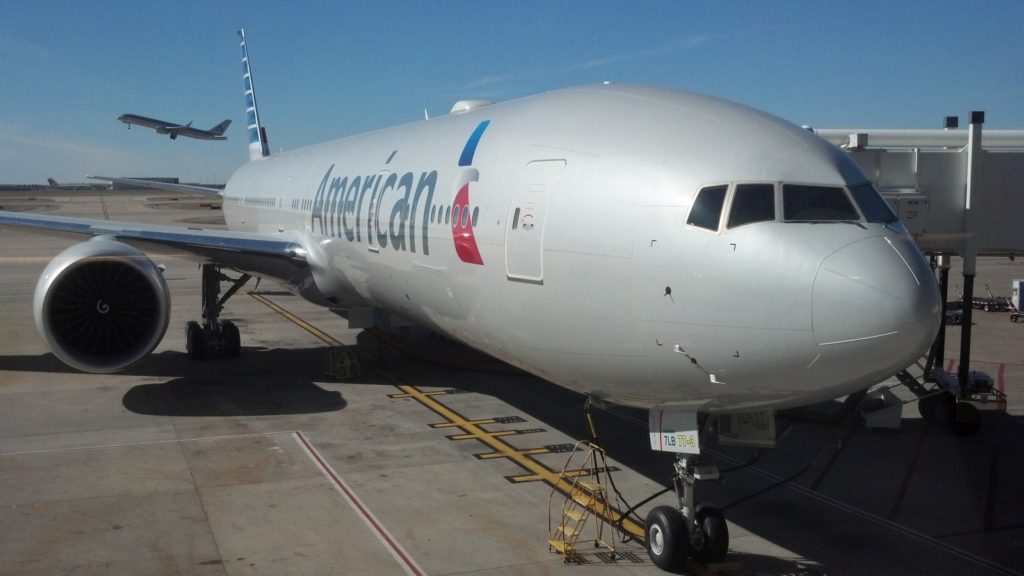Remember WannaCry? It was 2017’s big security story, infecting more than a quarter-million Windows computers at its most prolific point. But its prominence died down after tech doctors quelled its spread.
But like a bad case of influenza, it’s definitely not dead, and reports suggest aircraft manufacturer Boeing found that out the hard way on Wednesday.
No ad to show here.
According to the Seattle Times, the firm’s 777 assembly line in North Carolina was affected, but it was contained to a small number of machines.
“The vulnerability was limited to a few machines. We deployed software patches. There was no interruption to the 777 jet program or any of our programs,” notes Linda Mills, communications head at the company, as quoted by the Times.
Introduced in 1995, the Boeing 777 is the company’s (and world’s) largest twin-engine aircraft. More than 1500 of these computer-aided planes have been built to date, and some 60 were ordered in 2017 alone.
So while WannaCry affecting the line’s machinery is a bad scenario, there were fears that the attack could “spread to airplane software”.
Boeing has since stated that “a number of articles” have been “overstated and inaccurate” but doesn’t specifically mention the Times’ claims.
“Our cybersecurity operations center detected a limited intrusion of malware that affected a small number of systems. Remediations were applied and this is not a production or delivery issue,” the company tweeted Thursday.
Statement: A number of articles on a malware disruption are overstated and inaccurate. Our cybersecurity operations center detected a limited intrusion of malware that affected a small number of systems. Remediations were applied and this is not a production or delivery issue.
— Boeing Airplanes (@BoeingAirplanes) March 28, 2018
Nevertheless, we should probably ask why the computers at Boeing weren’t already patched in the first place.
But it isn’t the first company to fall prey of the malware.
In May 2017, during WannaCry’s heyday, it infected Britain’s NHS, downing hospital hardware. It also spread to French auto manufacturer Renault, forcing it to temporarily shutter a plant. Nissan’s British plants, also owned by Renault, were affected as well.
What is Wannacry?
Not just a malware with a dope name, WannaCry infects computers running Microsoft Windows.
“It’s spread using an exploit developed by the NSA called EternalBlue which was leaked by a hacker collective in April,” we wrote in our initial report in May 2017.
“While Microsoft did patch the exploit in March 2017, some didn’t patch in time. And a majority of these were running legacy Windows OSes like XP.
The malware was known to encrypt user files and demand a ransom, but it’s not clear if Boeing experienced this particular symptom.
Feature image: Corey W. Watts via Flickr (CC 2.0 BY-SA, resized)
